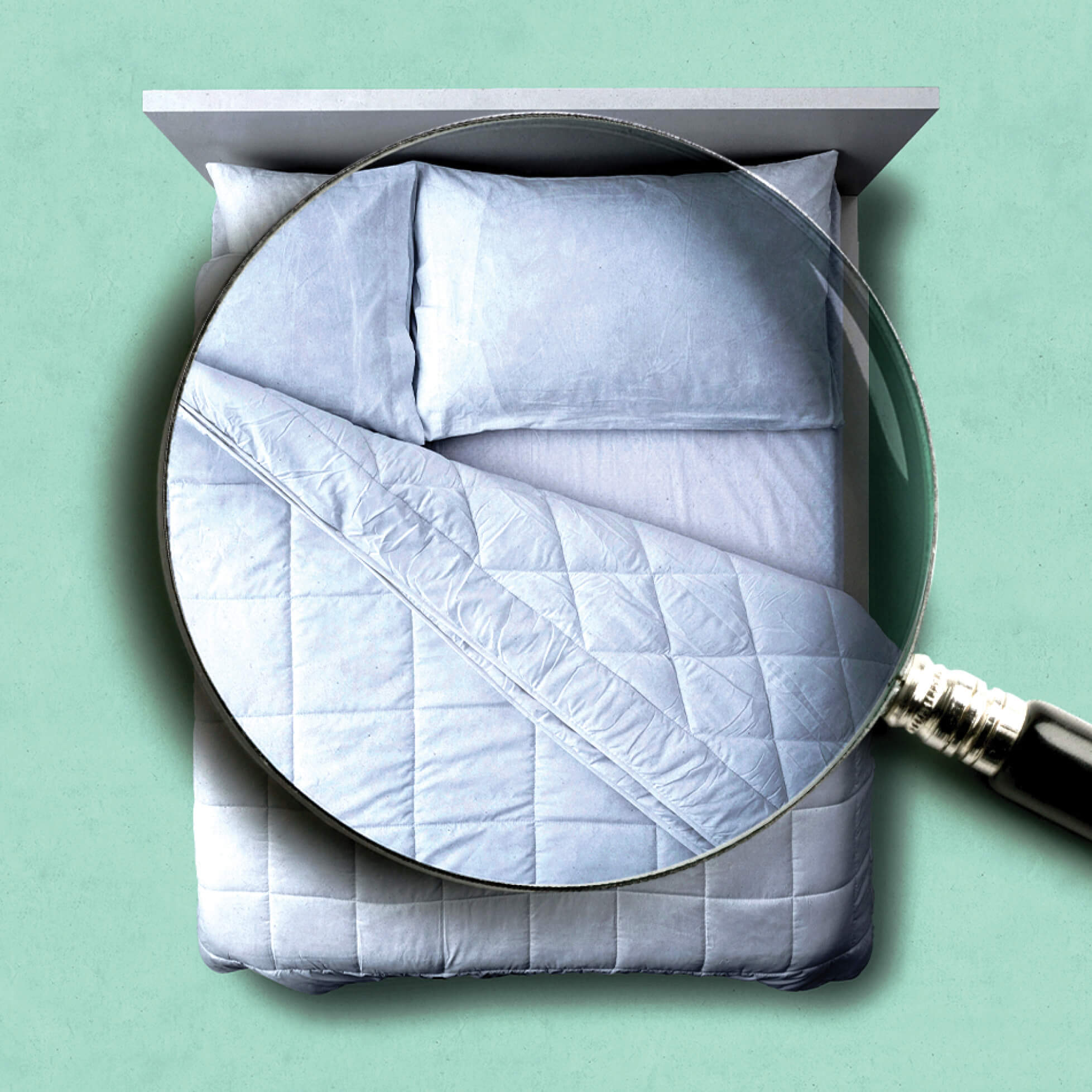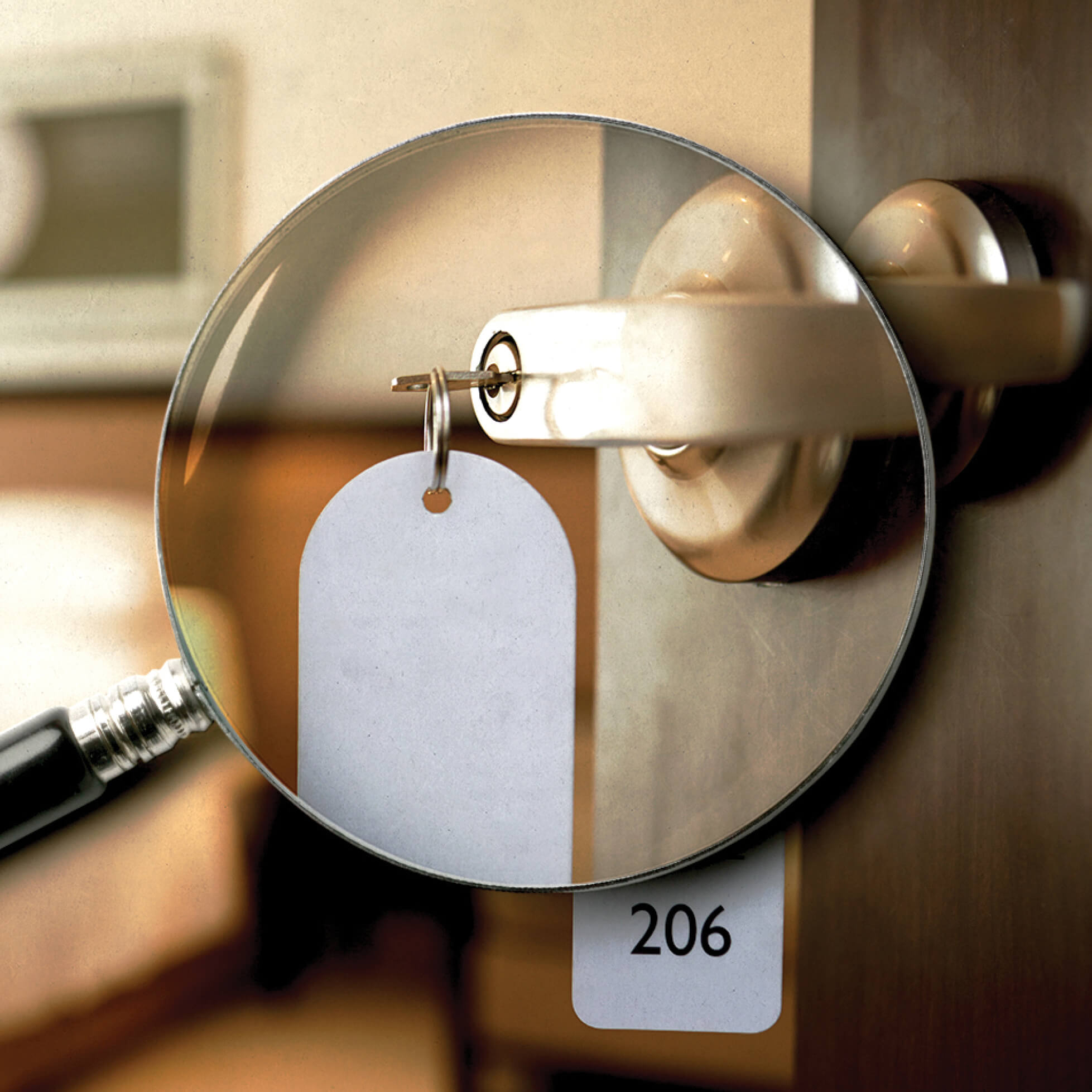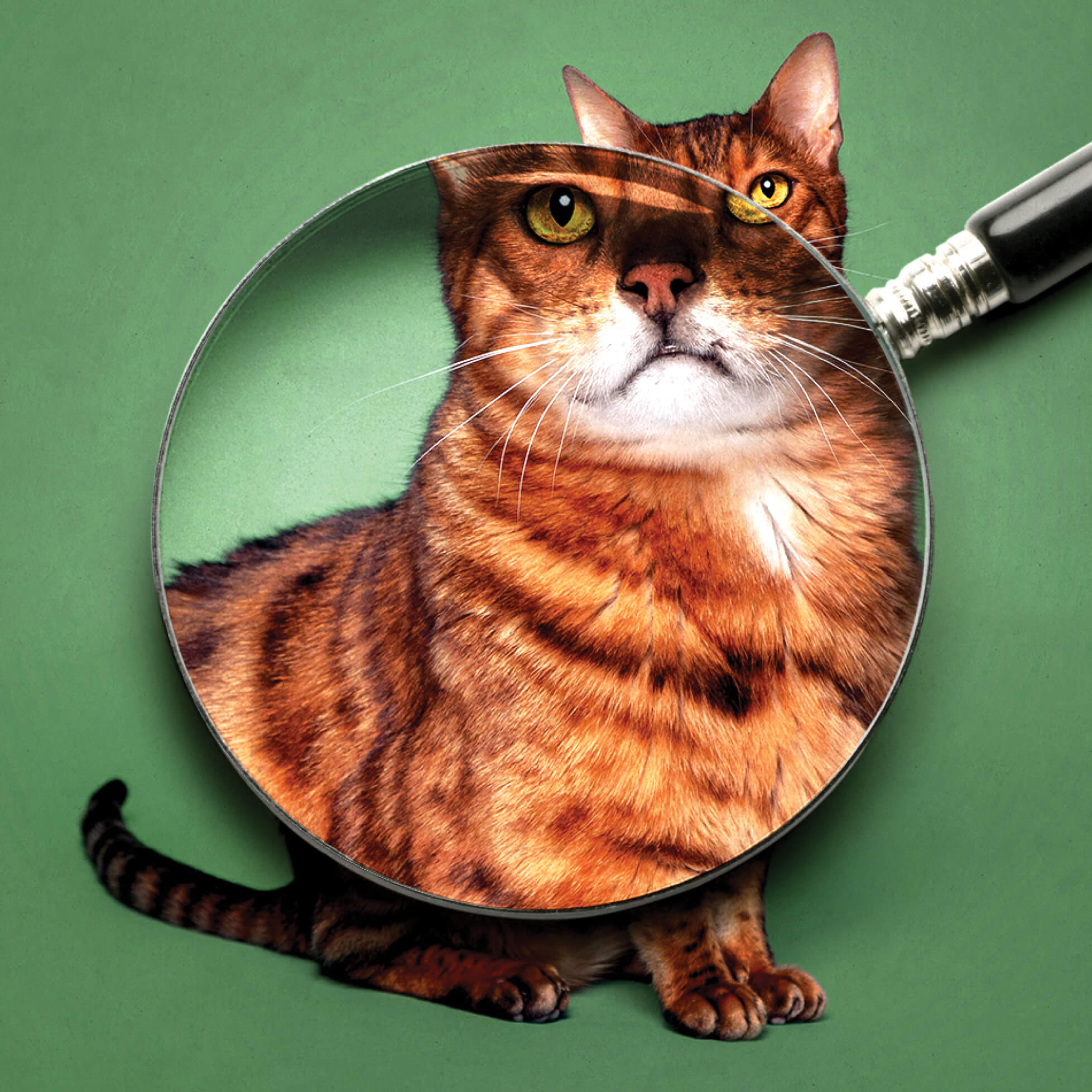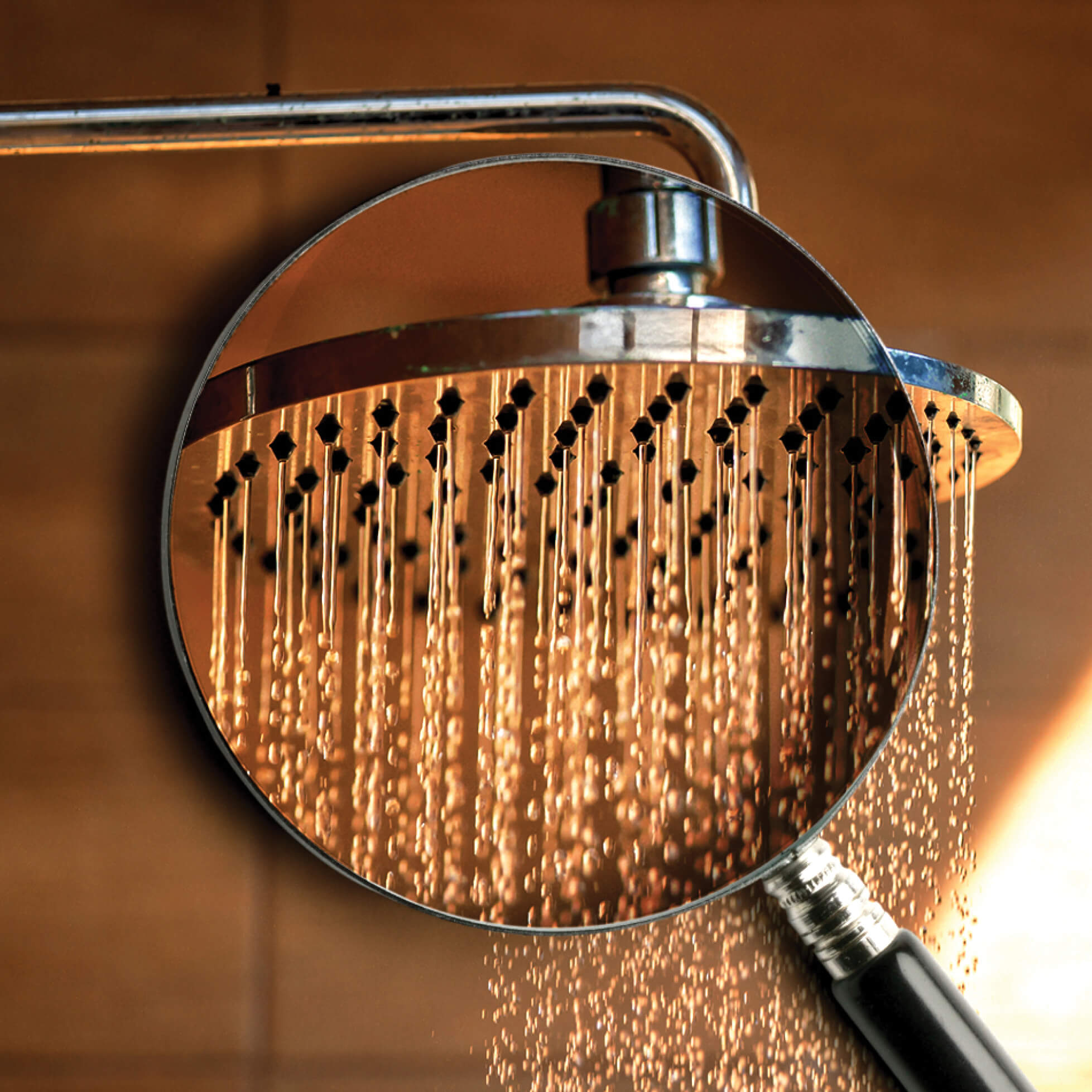
What’s Hiding in Your Hotel Room?
Where to look to make sure your lodging is clean and safe
YOU FINALLY MADE it to your hotel room and it’s time to relax, right? Not so fast.
These days you can’t always assume that when you check in, your room will be clean and secure. Beneath a seemingly unsullied surface could lurk some unpleasant surprises. That’s especially the case due to changes in hotel practices stemming from COVID-19 and post-pandemic staffing shortages.
“Since the pandemic, there’s less housekeeping per day,” says Sean O’Neill, hotel editor for the travel industry news site Skift. “It increases the chance that the room cleaning won’t be as thorough.”
A housekeeper now typically cleans 13 to 16 rooms a day and averages 30 to 40 minutes per room, says David J. Sangree, president of consulting firm Hotel & Leisure Advisors. “Sometimes the housekeepers don’t have enough time to clean it properly.”
Here are eight things to do to help ensure a clean, comfortable stay.

1. Look before you book.
“Start by looking at review sites,” Sangree says. “A hotel with real cleanliness issues will have multiple complaints.” In a recent study by the mattress manufacturer Amerisleep of inspections of more than 3,000 hotels, online customer reviews—as well as room rates—were good indicators of cleanliness. Hotels with higher customer reviews typically had fewer general hygiene violations. And the most expensive hotels ($500 or more per night) had the fewest violations of any other price category. Meanwhile, those under $99 per night had twice as many as any other group.

2. Inspect when you arrive.
Sangree advises assessing the lobby when you enter, looking for dirt, stains and discolorations. These can be a red flag. “Look at the elevator, the hallway. Are those clean?” When you enter the room, look for stains and whether the carpet has been vacuumed. But the bathroom is the key in cleanliness. “Check the shower curtain or the glass shower panel, which should be spotless,” he adds. If it’s not, “you can either request a new room or request a housekeeper come to the room and correct the problem.” This shouldn’t reflect on the entire hotel, however, “as a housekeeping staff is made up of many individuals, so just because one area may have a problem does not mean the entire building would.”
Cameron Sperance, senior hotels reporter for travel website the Points Guy, suggests that you run your finger across the headboard and the counter to see how deeply the housekeepers are cleaning the rooms. Check the wastebaskets too. They should be completely empty. If not, that’s a sign that the room cleaning was not thorough.

3. Scrutinize bedding.
Even though bedbugs are relatively rare in hotels, according to Sangree, they are a traveler’s worst nightmare. Sperance places his luggage in the bedbug-inhospitable bathroom while he checks out the room; O’Neill puts his on the luggage rack, which is harder for bugs to access. All three experts recommend carefully inspecting the bed—including the seams of the mattress and box spring—for signs of infestation such as blood stains, black (fecal) spots and tiny white eggs, which resemble grains of rice, and for the bedbugs themselves, which are reddish-brown and the size of a lentil. Leave immediately if you find any evidence.
As for the linens, most hotels have replaced the thick bedspreads of yore that were only cleaned once or twice a year with a white duvet or blanket that is regularly washed. It’s less clear how often decorative pillows and runners are cleaned. “Toss those aside,” advises Sperance. Sangree also suggests that you make sure your pillow isn’t old. “When it noticeably flops over your arm, it should be replaced.”

4. Check for mold.
“It’s definitely a big issue,” says Sangree, especially in humid tropical climates. “I have been in hotels that have it.”
Often unseen, mold can cause allergic symptoms such as watery eyes, runny nose, sneezing, itching, coughing, wheezing, difficulty breathing, headache and fatigue. Populations at particular risk include older adults, immunocompromised people and those with respiratory conditions, such as allergies and asthma.
Look for signs of dampness on walls and ceilings. “Use your nose and your eyes,” says O’Neill. “Mold often has a distinctive musty smell. Look for condensation and water stains, and inspect the bathroom grout for stains.” This is likelier if your bathroom doesn’t have an exhaust fan or if it’s not working. “Even an older hotel should not have a musty smell,” says Sangree.

5. Consider allergies.
If you have a severe pet allergy, you should avoid hotels that accept them, advises Sangree. But if you do have to stay at a pet-friendly property, call ahead to make sure you get a room that didn’t previously house a pet.

6. Prevent infection.
“One thing that I’ve noticed in news reports every couple of months is Legionnaires’ disease,” says Sperance. This severe form of pneumonia is caused by breathing in bacteria in water spray or tiny water droplets in the air. The risk of infection is greatest in older people, smokers and those with weakened immune systems. “Because Legionnaires’ comes from stagnant water, I always run my shower for a few minutes to cycle the water through before I get in,” he says.

7. Lock down security.
Beyond cleanliness, security is key to a comfortable hotel stay. The pros say you should make sure your hotel has the following:
● Security cameras in public areas.
● A peephole in the room door. “Use it to see who is knocking,” says Sangree. Sperance has found that “some people cover it so nobody can look in, out of an abundance of caution.”
● A working secondary lock or dead bolt on the door. “Always double-lock the door and lock the window when you go to sleep,” says Sangree.
● Locks on the windows, especially on the ground floor.
● Key cards, which are more secure than keys, to access your room. “These are especially important at properties where it’s unclear if side entrances are always secure,” says O’Neill.

8. Take action.
If you encounter a problem, O’Neill suggests following these steps.
● Document it with photos. That provides a permanent record should you need it.
● Act right away. Contact the front desk immediately. Don’t put up with a problem and then request a refund later. That’s much harder to do.
● Escalate up the chain. Contact the general manager, owner or someone at the corporate level of a chain if you don’t get appropriate action from the front desk. Sangree suggests joining the loyalty program of the hotel chain you book, because you may have more sway as a member.
Veronica Stoddart is the former travel editor for USA Today.